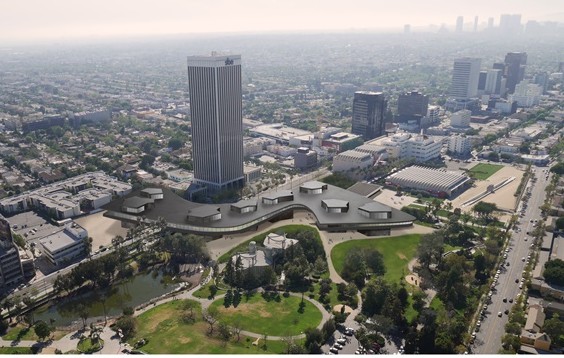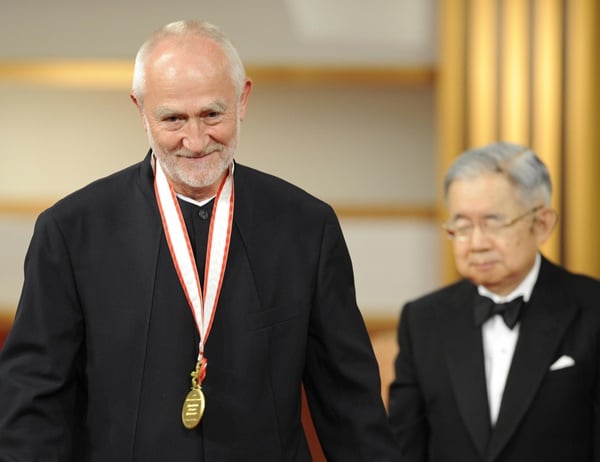Art & Exhibitions
Michael Govan and Peter Zumthor Pitch Ambitious LACMA Expansion Project
An ambitious expansion plan is gathering steam.

An ambitious expansion plan is gathering steam.

Eileen Kinsella

The latest sign that LACMA director Michael Govan’s ambitious expansion plans for the institution are gathering steam came in the form of a presentation on the first day of the Venice Architecture Biennale, according to architecture critic Christopher Hawthorne in the LA Times.
The project would be a first for Swiss architect Peter Zumthor, who has never designed a museum in the US before. He and Govan presented an oversize model of the new wing that they hope to complete by 2023. The wing is set to rise just to the east of Chris Burden’s famous, social-media sensation Urban Light.

Peter Zumthor after he was awarded the architecture category of the 20th Praemium Imperiale by Japan’s Prince Hitachi. Image:KAZUHIRO NOGI/AFP/Getty Images.
Last month, as artnet News reported, the museum raised an additional $75 million for the project including a $50 million donation from board member Elaine Wynn and another $25 million from Los Angeles billionaire collector A. Jerrold Perenchio. LACMA currently has financial commitments totaling $275 million, including $125 million from the Los Angeles County Board of Supervisors.
The LACMA expansion proposal has drawn criticism from the outset partly because it will require demolishing the original campus of buildings that were designed by LA architect William Pereira and opened in 1965.
The original Zumthor plan, as the LA Times notes, has changed from a “biomorphic shape (with echoes of artist Jean Arp and Oscar Niemayer) that cantilevered over the edge of the La Brea Tar Pits” to the current design, ” a somewhat harder-edged, anvil like shape.”